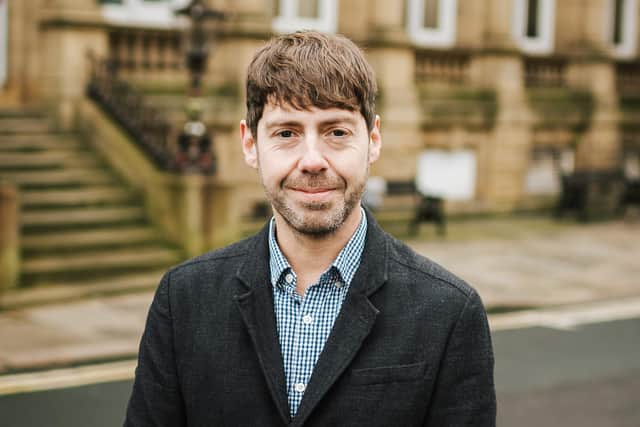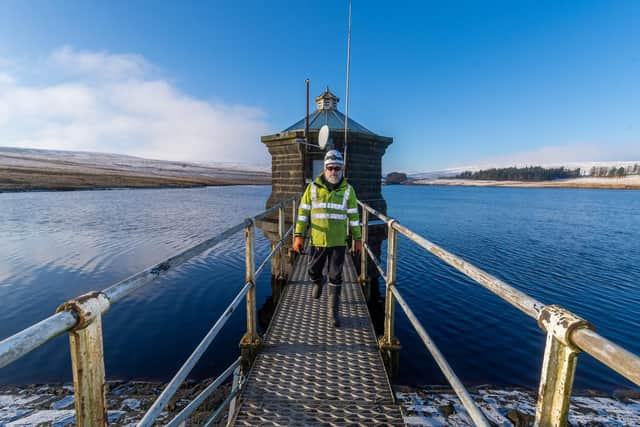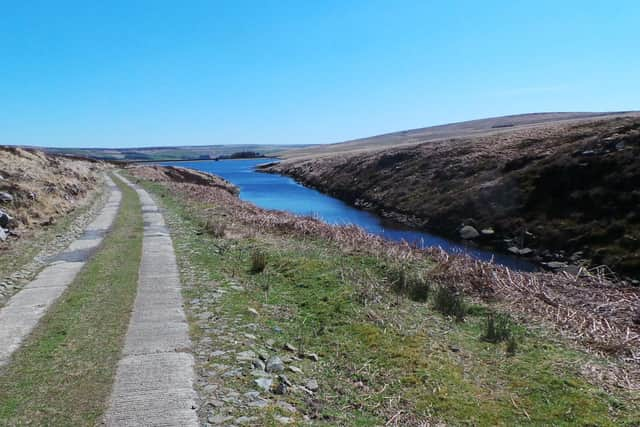Calder Valley reservoirs' key role in flood reduction scheme
and live on Freeview channel 276
Already seven years’ work on a pilot scheme in the Calder Valley have been undertaken and is continuing, but using water assets like reservoirs is being looked at to address problems across wider catchments, regions and nationally, a meeting was told.
One councillor said plugging “huge amounts” of leakage in existing water company supply systems would help.
Advertisement
Hide AdAdvertisement
Hide AdNational Environment Agency (EA) representatives told Calderdale flood recovery and resilience programme board partners the issue was being looked at in detail and changes would be significant and carry issues around who would pay for these and for how long.


EA water resources manager Andy Turner said a ‘win-win solution’ was being sought which could increase protection without threatening supply – water supply cannot be endangered. This may encompass developing more assets to retain water and reducing leaks, all of which carry cost implications.
In Calderdale, a pilot scheme at reservoirs on the south Pennines above Hebden Bridge – an area which has been severely flooded several times in the last decade – has seen water levels lowered down to 90 per cent over winter months when rainfall is likely at its highest, except in drought-hit years including 2018-19 and last year, 2022-23, when levels did not reach ten per cent below capacity anyway.
Full reservoirs can overtop when heavy rainfall leads to flooding.
Advertisement
Hide AdAdvertisement
Hide AdCoun Steven Leigh (Con, Ryburn) said he acknowledged using reservoirs to help flood alleviation would not alone stop flooding, but water lost from pipelines “in surprisingly huge amounts” was an important issue.


“If it’s all leaking out then you need to keep a higher level of water in the reservoirs to cover for the anticipated usage – if you can fix the pipes then it will change that calculation,” he said.
It would cost a “massive” amount of money but should be a priority, said Coun Leigh.
Coun Tim Swift (Lab, Town) wanted to know the implications of policy being developed on getting the scheme being piloted above Hebden Bridge put on a more permanent basis.
Advertisement
Hide AdAdvertisement
Hide AdYorkshire Water’s Granville Davies said the pilot would continue and Hebden Bridge was a clear example of where there was some evidence that managing reservoirs differently could help manage flood risk downstream.


The EA had an understanding of what capital might be required for reservoirs.
New infrastructure would obviously not happen quickly.
On the leakage question, it was only part of the solution among others including encouraging customers to reduce usage and investing in new supplies.
“Almost inevitably it will involve more pumping of water to offset any loss of yield within Calderdale,” he said.
Advertisement
Hide AdAdvertisement
Hide Ad

This moving on water from one part of the region to another had a carbon cost, also impacting climate and flooding issues, he said, although Coun Scott Patient (Lab, Luddenden Foot) said not doing things could also carry a carbon cost, for example in clean-ups.
Coun Leigh said he could only surmise work on leakage, including nationally, over many years had not been done because the cost of doing what was necessary was absolutely huge.